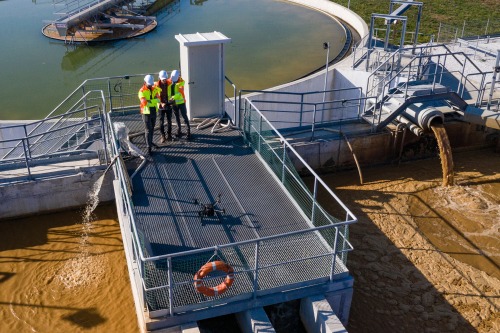
As part of a pandemic preparedness push, the United States Center for Disease Control and Prevention (CDC) announced this week that it chose Biobot Analytics to handle an expansion of the National Wastewater Surveillance System (NWSS).
While not a household name, the NWSS works with public health departments nationwide to track SARS-CoV-2 levels in wastewater. This has been a necessary means of charting the spread of – and working to prevent outbreaks of – COVID-19. Together, the CDC and Biobot will spend the next year collecting and analyzing wastewater samples from 500 communities across the United States in pursuit of SARS-CoV-2 data.
“We’re thrilled that the CDC, with support from Congress and the Administration, recognizes the tremendous value of wastewater monitoring and has expanded the country’s efforts. This program will allow hundreds of local communities to benefit from this novel technology, and we’re proud to be the U.S. government’s trusted partner in this deployment,” Newsha Ghaeli, Biobot president & co-founder, said.
Biobot originally started in 2017 as a research project spin-off from MIT. It seeks to inform public health decision-making through continuously collected wastewater data, monitoring sewer and urban infrastructure. Through an in-house built data platform, it can dive in deep enough to support building-level monitoring, something the company touts as capable of aiding return-to-office plans.
Under the Biden administration, the White House has labeled wastewater monitoring as a predictive means of charting new COVID-19 cases and an inclusive public health tool overall.




